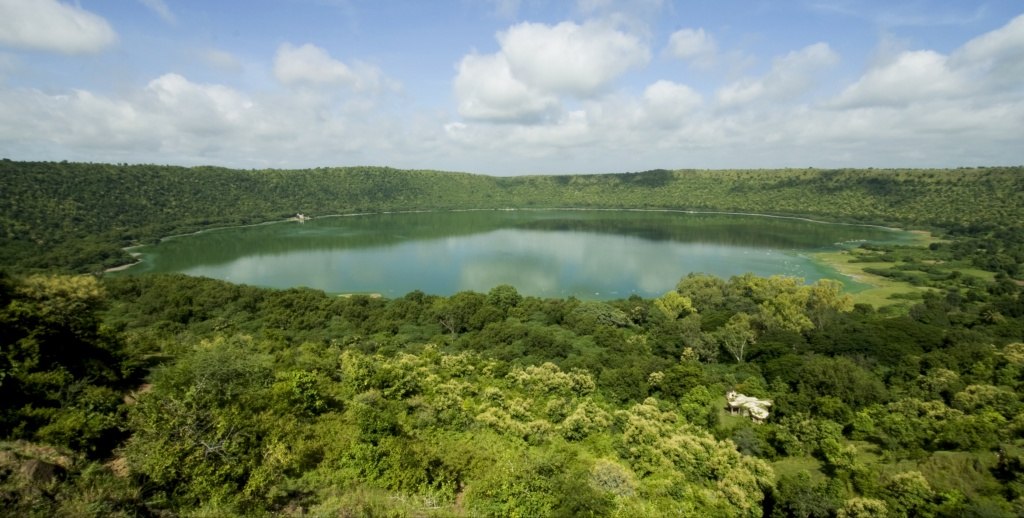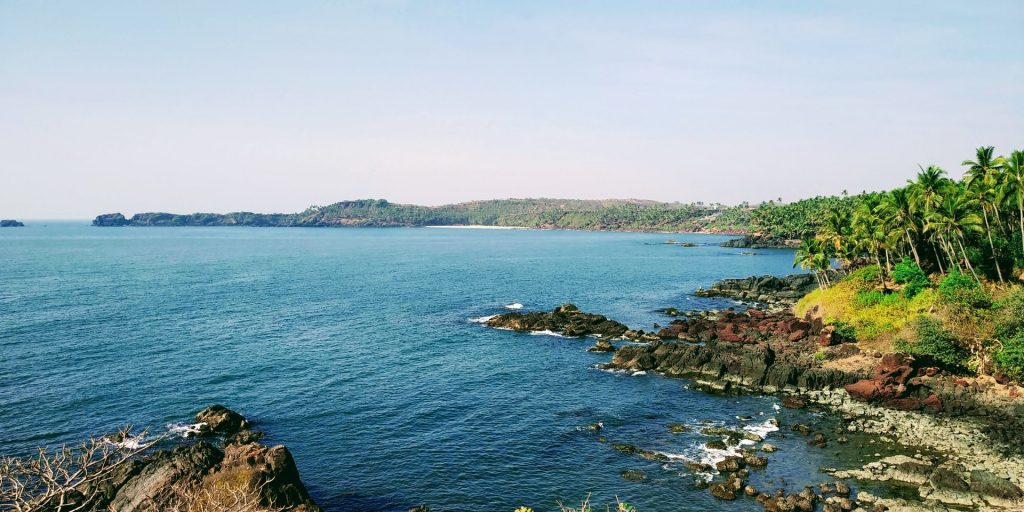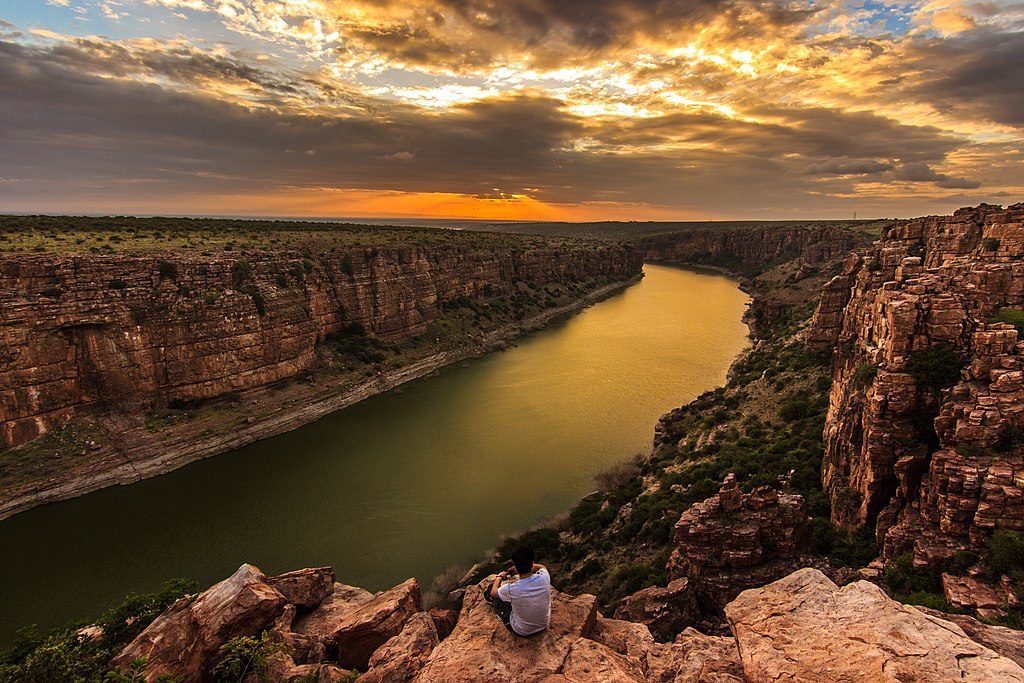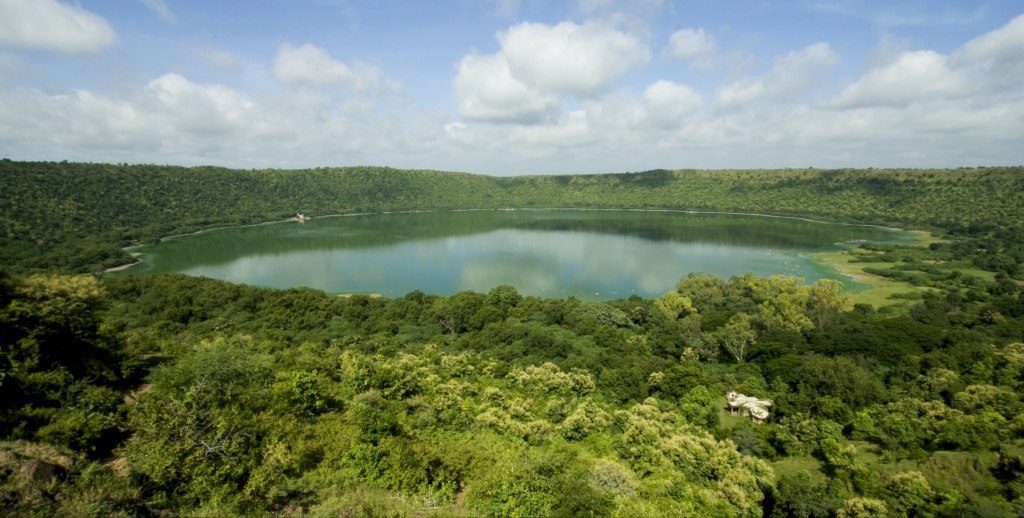
India is a treasure trove of breathtaking structures with fascinating stories behind them. Every landform in this vast landscape is brimming with mystery. The Lonar Lake, a National Geo-heritage site, is one such perplexing ecological, geological, astronomical, and cultural marvel. However, to comprehend the Lonar Lake mystery, one must go thousands of years back in time.
52,000 years ago, a meteor weighing 2 million tonnes collided with the earth at an estimated speed of 90,000 kmph in Maharashtra, forming the world’s third-largest natural salt-water lake. Today, Lonar Lake is the stuff of science fiction. From the 30,000 to 1,50,000 meteors that strike the earth every year, this one produced the earth’s largest and only hyper-velocity impact crater in basaltic rock.
About Lonar Lake
Lonar Lake is located in Lonar, a town in the Buldhana district, which is about 500 km from Mumbai and 380 km from Pune. This Lake is one such area where religion and science meet with mythology. Lonar Crater Lake is another name for this lake in Buldhana. This massive water basin is one of Maharashtra’s best-kept secrets.
This celestial wonder, with its lush rainforest, is home to a diverse range of plants and wildlife. The lake is home to a variety of permanent and migratory species. Black-winged stilts, brahminy ducks, golden orioles, blue jays, and red-wattled lapwings are among the species.
[Also Read: Explore Maharashtra’s Breathtaking Sea Forts]
The Legend of Lonar Lake in History and Mythology
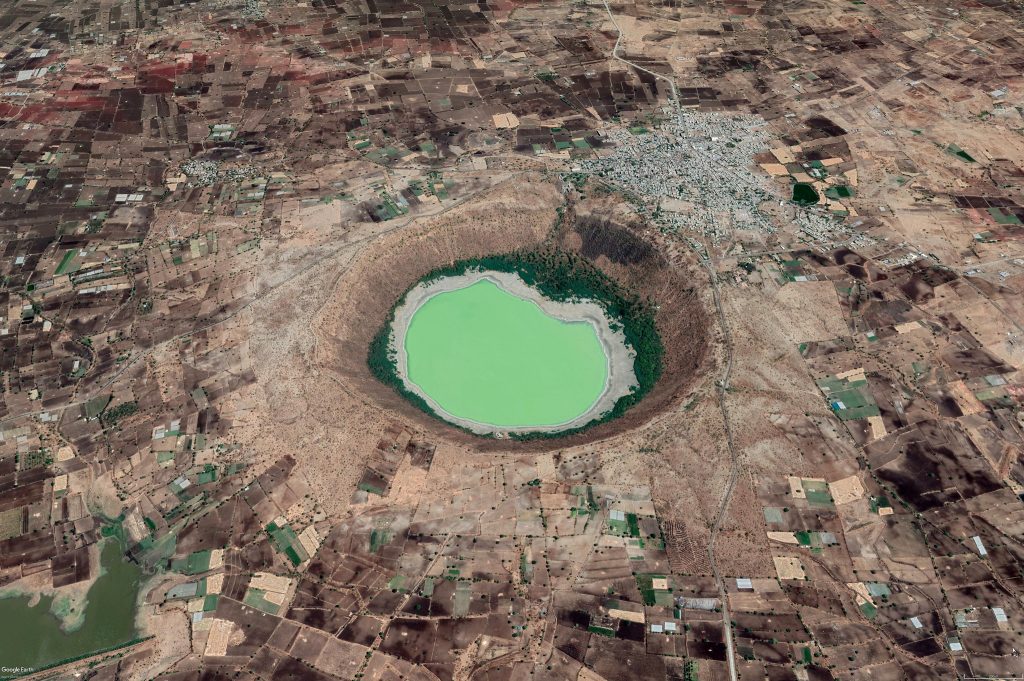
The crater lake was originally referenced in ancient Indian scriptures such as the Padma Purana and Skanda Purana. It is also mentioned in the Ain-i-Akbari, a manuscript published around 1600 CE. Evidence states that it was previously a part of the Mauryan Empire.
According to a famous local legend, the crater was created when Lonasura, a mythological demon who troubled the local people, was hurled back into the netherworld with immense force by Lord Vishnu. It is believed that this led to the formation of the crater.
Each aspect of this region is distinct, and the lake itself is known as the “Bowl of Mysteries”. Many unanswered questions and speculations have arisen as a result of the lake. It’s a meteor enigma that has piqued the interest of many scientists, astronomers, geologists, ecologists, and even NASA.
[Also Read: Mahabaleshwar: The Queen of Hill Stations in Maharashtra]
What’s the mystery that surrounds Lonar Lake?
In 1823, a British officer called J.E. Alexander discovered Lonar Lake. However, it sparked a lot of confusion shortly after it was recognised. Here are some of the mysteries that surround this mystical Lake.
Lonar Lake Mystery #1: A Lake with Both Saline and Alkaline Content
According to science, it is practically impossible for a lake to be both alkaline and saline at the same time. The fact that this lake has both alkaline and saline-containing microorganisms, adds to its mystique. The lake features two different sections that never mix: an outside neutral region and an inner alkaline region, each with its flora and fauna. Because of the alkaline nature of the land, there is no flora in the mud belt.
NASA and the Geological Survey of India have conducted extensive research on Lonar Lake, raising concerns about this extraordinary occurrence. This feature is extraordinary, not just in India but also globally.
Lonar Lake Mystery #2: No Compass Works Here

Another Lonar Lake mystery that adds to its allure is that as soon as you arrive, your compass’ directional indicators either stop working or indicate substantial variations. Scientists have long been perplexed by the tumultuous behaviour of compasses in this area and have attempted to uncover an explanation, but no one has been able to justify the rationale.
Many ideas have been presented to explain this occurrence, with some experts claiming unusual electromagnetic waves interact with electrical equipment and cause compasses to go berserk. They imply that things from space are typically more electromagnetic than material that they collide with on Earth. And because Lonar Crater is a meteor-impact crater, its electromagnetic field is greater.
Could this imply that the lake’s unusual magnetic characteristics are of extraterrestrial origin? Only time and research can answer this phenomenon.
Mystery #3: It Contains Traces of Moon Mineral
According to NASA, the crater’s volcanic basalt makes Lonar similar to the craters on the moon’s surface. Furthermore, the newly identified bacterial strain on the lake’s crater site is similar to one found on Mars. The existence of specific rock minerals in the crater, such as micro breccias and glass spherules, draws close parallels to the geology and crater forms on the moon.
Mystery #4: The Lake Turned Pink Overnight
Lonar Lake saw an extraordinary shift in 2020 when the water became pink, leaving many perplexed and concerned. The government also stepped in and ordered studies to determine what was causing the water to become pink. While others claimed it was a result of global warming, numerous superstitious explanations emerged as well.
NASA Earth Observatory photographed the lake revealing a before-and-after colour change. Scientists aren’t sure about the colour change, but they have a few possibilities.
Some say algae in the lake may have caused the water to become pink. Another theory asserts that an increase in salinity caused the colour change. Some officials believe the lake’s vivid rosy tint is due to a microbe called Halobacteriaceae, which is recognised for its pink colour. This family of organisms lives in water with high saline content.
Things to do in Lonar Lake
Beauty, science, religion – there are many more facets of the Lonar Crater Lake’s 6-kilometre radius that are yet to be discovered. The sights of this magnificent crater lake are sure to give wings to your imagination. Situated 500 km from Mumbai, this trek makes for a perfect adventure. You can enjoy activities such as boating, horse riding and fishing. There are also a few strawberry stalls and eateries lined up on the shore of this lake.
- Places to visit near Lonar Lake – The location is significant not just for its crater lake, but also for its majestic temples nearby. You can visit the Gomukh Temple, Daitya Sudhan Temple and Sita Nahani Temple.
- Best time to visit Lonar Lake – Lonar is best visited in the winter. Climate between November and January remains pleasant.
- Places to stay – MTDC Resort Lonar, Hotel Vikrant, Krishna Lodge.
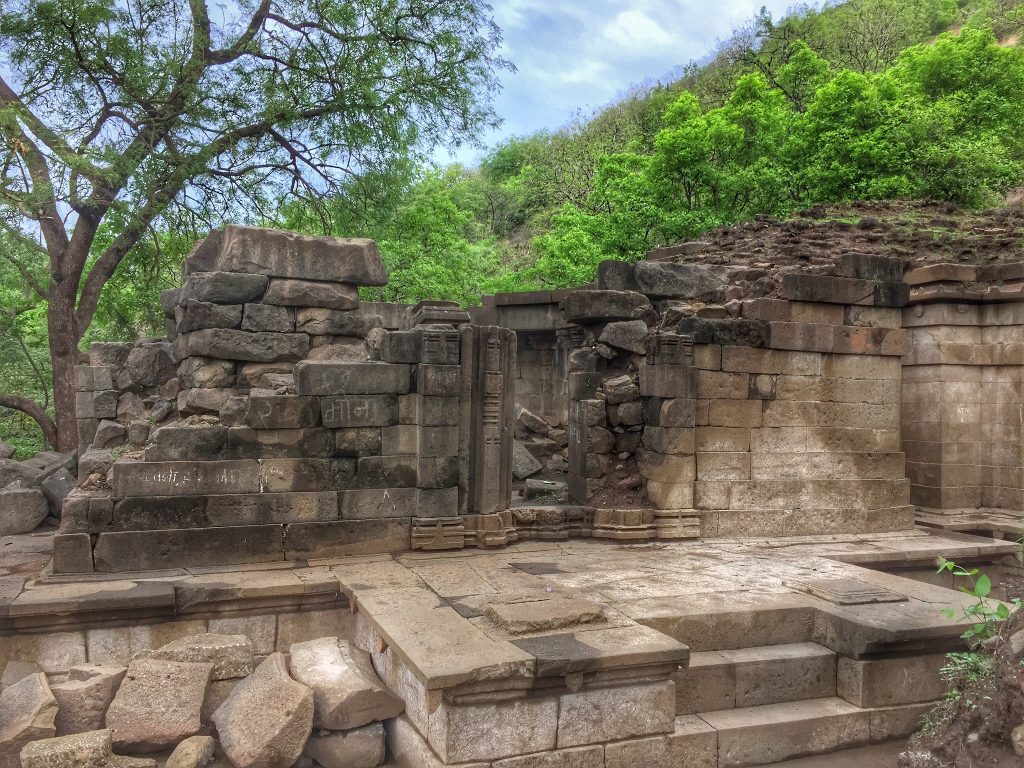
Pro Tips
- Wear comfortable walking shoes and bring plenty of water, sunscreen, bug repellant, a hat, sunglasses, and quick-drying clothing.
- The mobile network is weak within the crater. Plan accordingly.
- Lonar has dhabas and tea kiosks, as well as drinkable water at the temples.
[Also Read: Places to visit near Mumbai by road]
How to get there:
The Lonar Crater Lake is located in Lonar town of Maharashtra’s Buldhana district. It is around 140 kilometres from Aurangabad. Aurangabad is well-connected to major cities like Mumbai and Pune by rail and road. The nearest airport is Aurangabad, which is 130 kilometres distant from the lake. You can book an Aurangabad airport taxi or outstation cab to reach Lonar.
Immerse yourself in the mystery of Lonar Lake by booking a car rental to take you to all these places with a local driver. Install Savaari cab booking app for offers and discounts on outstation rentals.
Last Updated on January 31, 2024 by
